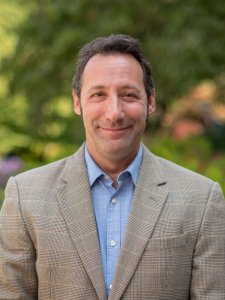Designing for Life
Through a better understanding of the built environment – our cities, homes, and infrastructure – and its relationship to equity and justice, we can develop and implement better design choices and policies that can support a sustainable future and foster inclusive communities.
Sustainable Development
The United Nations projects that nearly 70% of the world’s populations will live in cities by 2050. Across the globe, the trend toward urbanization is driving resource needs and impacts with water, food, and energy while disparately impacting low income/minority populations.
To that end, determining and implementing sustainable, healthy, and affordable solutions for urban areas is essential and urgent.
Moreover, it will require extensive interdisciplinary collaboration to adequately meet the needs of infrastructure, planning, finance, energy, engineering, transportation, utilities, and more.
Penn State has a strong history of innovative built environment solutions, and researchers continue to focus on creating equitable communities.
Working together and across disciplines, researchers from Penn State and beyond are are redefining the future of cities and the built environment through investigations of living materials, adaptive architecture, and dynamic infrastructure.
Equitable Communities and the Built Environment Research
Featured IEE Researchers
More Researchers by Topic
Find more researchers studying equitable communities and the built environment by clicking on any of the following topics:
Buildings Sustainable Development Transportation Urban Planning Land Use Air Quality Infrastructure Cities
Equitable Communities and the Built Environment News
Featured Stories
Reusing old oil and gas wells may offer green energy storage solution
| psu.edu
Mentions: Arash Dahi Taleghani, Derek Elsworth
Professor’s documentary explores environmental effects on Inuit community
| psu.edu
Mentions: Kirk French, Neal Hutcheson, Sarah Samisack
Low Carbon Building Program
Accelerating emission reductions through building renovations targeting energy efficiency, energy burdens, health, and expanded workforce for diverse communities.
Emissions from buildings reached the highest ever recorded levels in 2019. The current renovation rates of 1% annually could lock-in most existing buildings in a high carbon emissions future. Barriers include lack of awareness, affordability, and inadequate supply of skilled workforce. These barriers hit low-income households the hardest, particularly those with seniors and people with disabilities.








